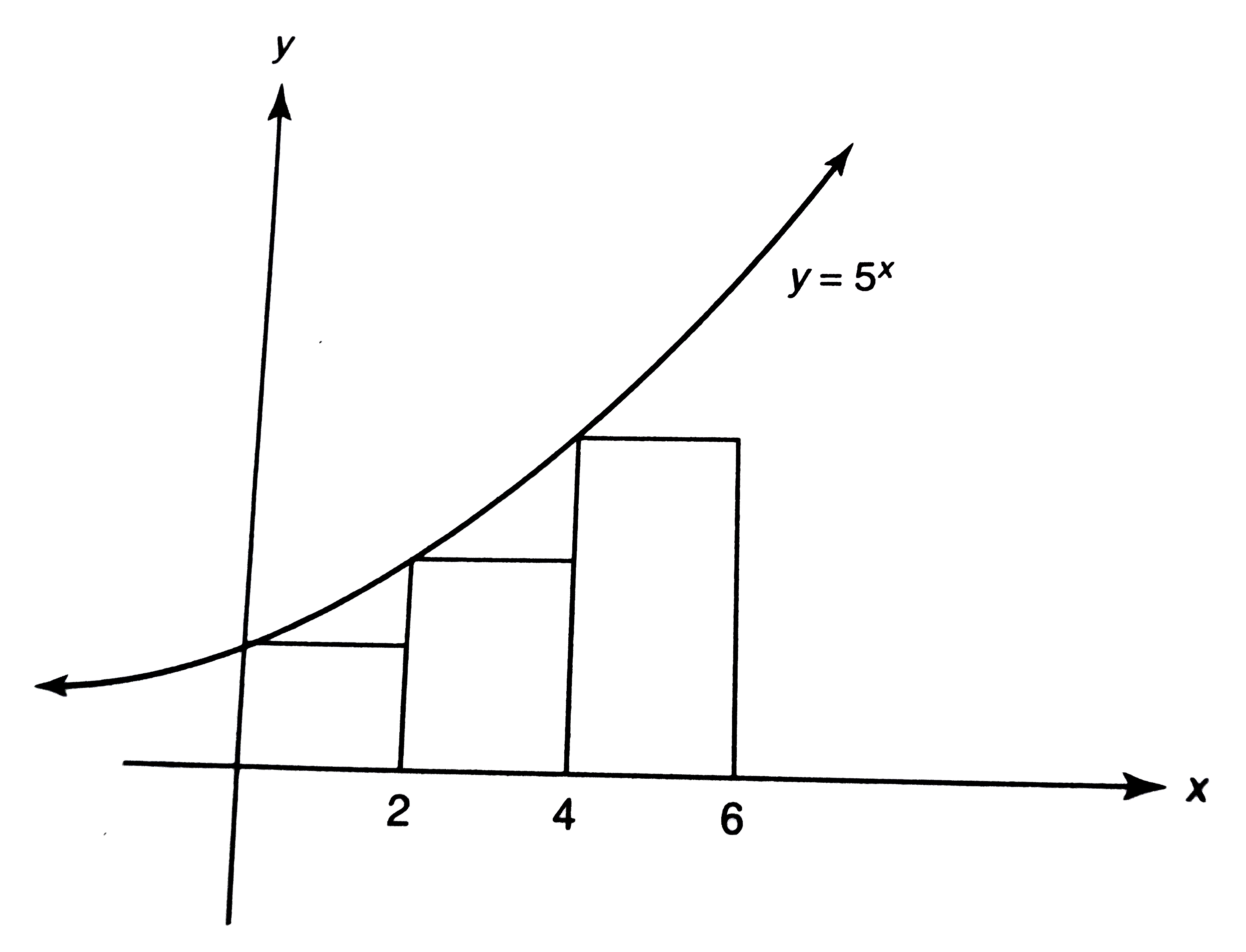If f(x)=√x2−2x+1, then f' (x) ?
f'(x)=1 for all x
f'(x)=−1 for all x≤1
f'(x)=1 for all x>1
none of these
The correct Answer is:D
To find the derivative f′(x) of the function f(x)=√x2−2x+1, we can follow these steps:
Step 1: Simplify the function
First, notice that the expression inside the square root can be simplified:
x2−2x+1=(x−1)2
Thus, we can rewrite the function as:
f(x)=√(x−1)2
Since the square root of a square gives the absolute value, we have:
f(x)=|x−1|
Step 2: Differentiate using the chain rule
To differentiate f(x), we will consider two cases based on the definition of the absolute value.
1. Case 1: When x−1≥0 (i.e., x≥1):
f(x)=x−1
The derivative is:
f′(x)=1
2. Case 2: When x−1<0 (i.e., x<1):
f(x)=−(x−1)=1−x
The derivative is:
f′(x)=−1
Step 3: Combine the results
Thus, we can express the derivative f′(x) as:
f′(x)={1if x≥1−1if x<1
Final Answer
The derivative f′(x) is:
f′(x)={1if x≥1−1if x<1
---
First, notice that the expression inside the square root can be simplified:
x2−2x+1=(x−1)2
Thus, we can rewrite the function as:
f(x)=√(x−1)2
Since the square root of a square gives the absolute value, we have:
f(x)=|x−1|
To differentiate f(x), we will consider two cases based on the definition of the absolute value.
f(x)=x−1
The derivative is:
f′(x)=1
f(x)=−(x−1)=1−x
The derivative is:
f′(x)=−1
Thus, we can express the derivative f′(x) as:
f′(x)={1if x≥1−1if x<1
The derivative f′(x) is:
f′(x)={1if x≥1−1if x<1
Topper's Solved these Questions
- DIFFERENTIATIONBOOK - OBJECTIVE RD SHARMA ENGLISHCHAPTER - DIFFERENTIATIONEXERCISE - Chapter Test
30 Videos
- DIFFERENTIATIONBOOK - OBJECTIVE RD SHARMA ENGLISHCHAPTER - DIFFERENTIATIONEXERCISE - Section I - Solved Mcqs
92 Videos
- DIFFERENTIALS, ERRORS AND APPROXIMATIONSBOOK - OBJECTIVE RD SHARMA ENGLISHCHAPTER - DIFFERENTIALS, ERRORS AND APPROXIMATIONSEXERCISE - Exercise
17 Videos
- ELLIPSEBOOK - OBJECTIVE RD SHARMA ENGLISHCHAPTER - ELLIPSEEXERCISE - Chapter Test
29 Videos
Similar Questions
Knowledge Check
If f(x)=√x2, then f(x) can also be expressed as
AxB−xC±xD|x|If f(x)=√x2−1andg(x)=10x+2, then g(f(3))=
A0.2B1.7C2.1D3.5If f(x) = x√x , then f(√2)=
 A1.4B1.5C1.6D2.0
A1.4B1.5C1.6D2.0
If f(x)=x√1+x2 then fofof(x)
View SolutionIf f(x)=x√1+x2 then fofof(x)
View SolutionIf f(x)=√4−x2+√x2−1 , then the maximum value of (f(x))2 is ____________
View SolutionIf f(x)=√4−x2+√x2−1 , then the maximum value of (f(x))2 is ____________
View SolutionIf f(x) =x−42√x, then f′(1) is equal to
View Solution
